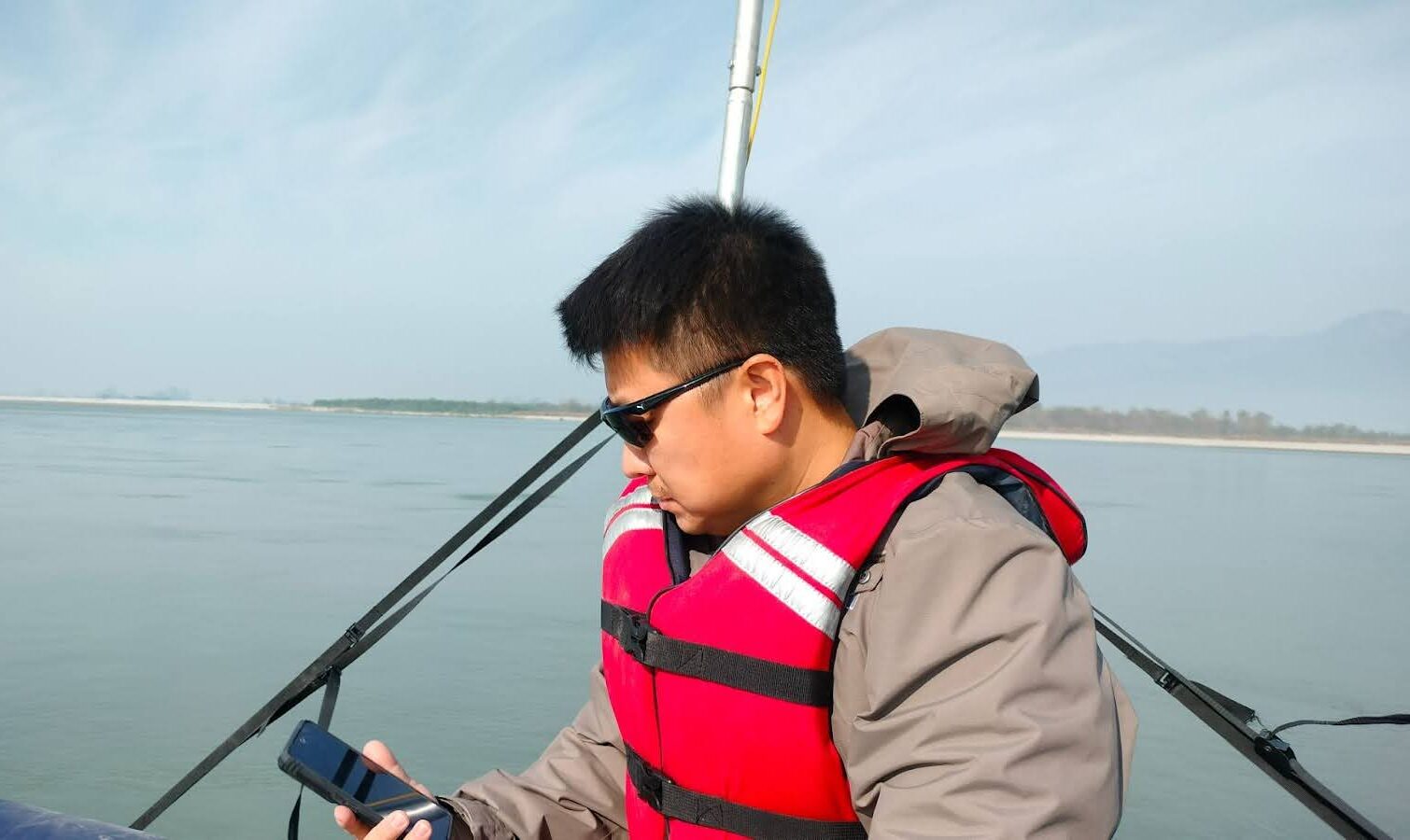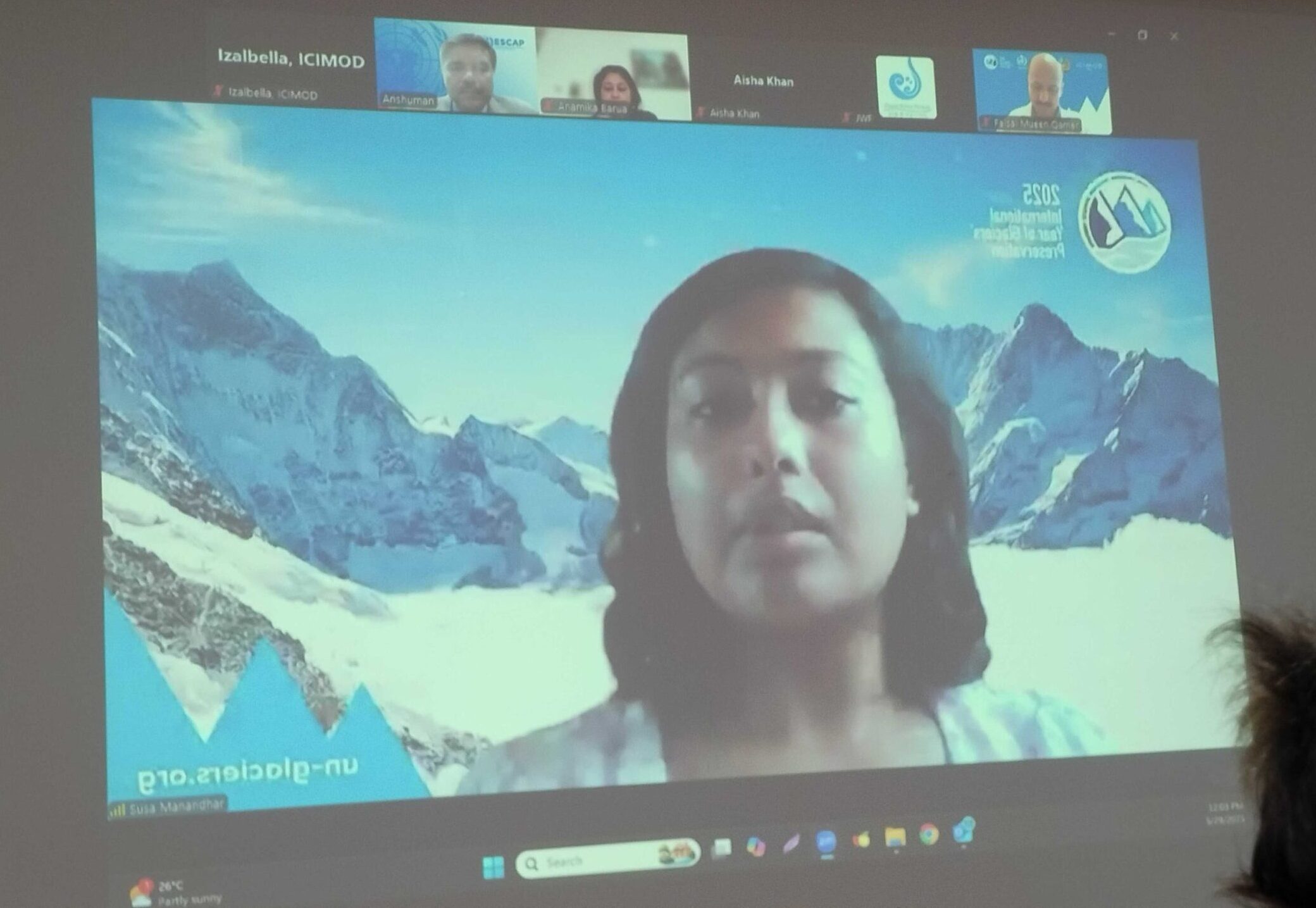Saint Louis University (SLU), USA and The Small Earth Nepal (SEN), in collaboration with the Central Department of Hydrology and Meteorology at Tribhuvan University (CDHM-TU), and the Regional Offices of Department of Hydrology and Meteorology (DHM) in Kohalpur, Bharahawa, and Dharan, completed a month (Dec 2024 – Jan 2025) of comprehensive in-situ river measurements covering seven major rivers of Nepal: Karnali, Babai, West Rapti, Narayani, Bagmati, Koshi, and Kankai. This campaign, funded by the NASA Terrestrial Hydrology Program (80NSSC24K0829), is part of the project “SWOT Prior Estimates of Nepal-India Transboundary River Discharge.” The initiative aims to calibrate and validate river discharge estimates from the Surface Water and Ocean Topography (SWOT) satellite.
Led by Prof. Bo Wang (PI) from SLU and Dr. Dhiraj Pradhananga (international collaborator) from TU/SEN, the field campaign included participation from Carly Koppe, a PhD student at SLU, and Taylor Rowley, a research fellow from the University of Massachusetts, Amherst. Faculty members and students from various institutions, including Tri-Chandra Multiple Campus (Department of Meteorology), the Institute of Engineering at Pulchwok, and CDHM-TU, also actively engaged in field activities, gaining valuable hands-on experience in river discharge measurement using Acoustic Doppler Current Profiler (ADCP), water surface elevation measurement using the Global Navigation Satellite System (GNSS), and water depth measurement using a single-beam depth sounder.
A detailed survey of the Koshi River focused on assessing river stability and the potential for avulsion, with extensive long-profile data collection upstream of the Koshi Tappu Wildlife Reserve. Additional ADCP discharge measurements were conducted downstream of river bifurcations to enhance the understanding of flow dynamics.
Beyond advancing research, this project is a significant capacity-building initiative for early-career researchers and professionals in hydrology and water resources. Through direct participation in field measurements and data collection, young scientists and students developed critical technical skills, strengthening local expertise in hydrological monitoring and satellite data validation.
The findings from this study will improve SWOT-based discharge estimates, contributing to improved hydrological monitoring, flood forecasting, and water resource management in Nepal. Building on this effort, the team plans to conduct another field campaign during a higher flow period in October 2025 to further refine the validation process and strengthen regional water management strategies.





